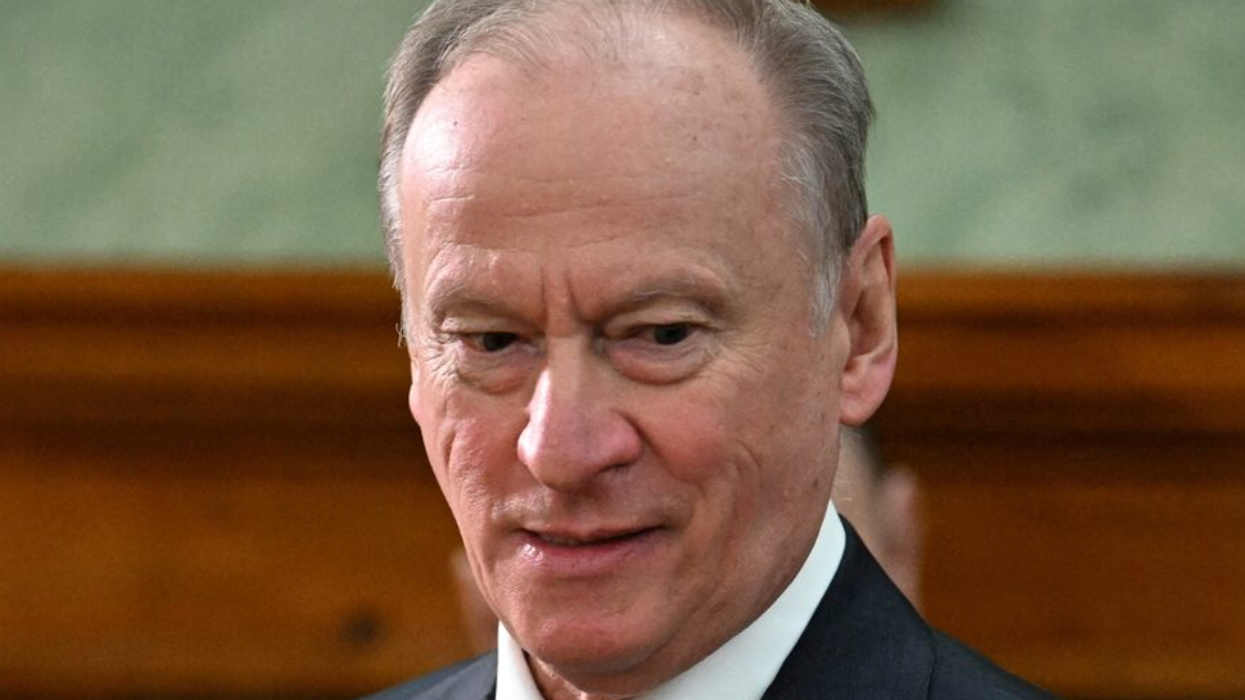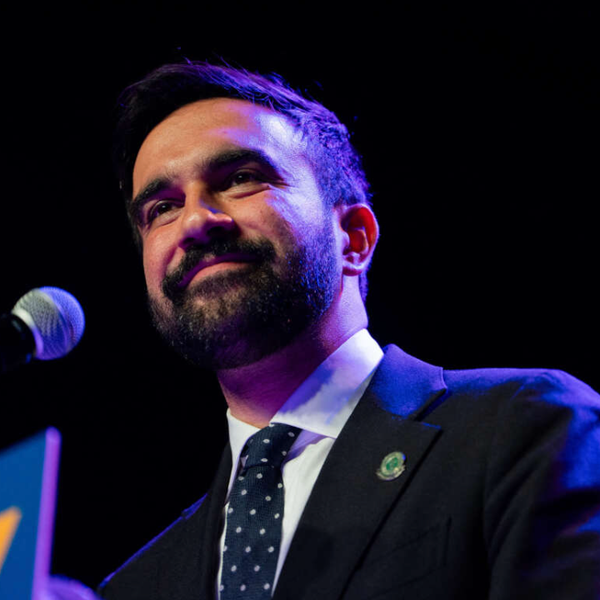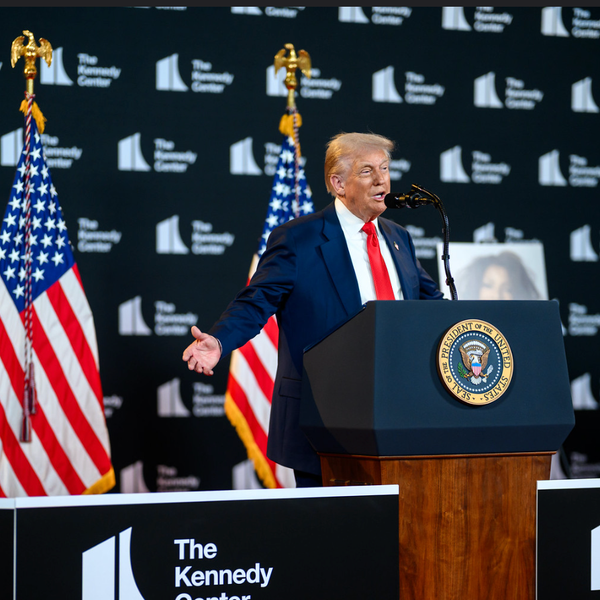Yevgeny Prighozin announced yesterday that his Wagner Group mercenaries had “taken” Bakhmut from Ukrainian forces. President Volodymyr Zelenskyy fired right back from the meeting of the G-7 in Japan: “Bakhmut is not occupied by Russian Federation as of today. There are no two or three interpretations of those words.” But he went on to compare the damage he saw in photos at the Hiroshima memorial to what has happened to Bakhmut, where nearly every structure inside the town limits has been either destroyed or severely damaged.
“For today, Bakhmut is only in our hearts, and there is nothing on this place,” Zelensky told reporters, apparently indicating that there is virtually nothing left of the physical town of Bakhmut. He emphasized that there were “a lot of dead Russians” from the fighting in Bakhmut, according to the Washington Post, which reported that for every Ukrainian soldier killed in the battle for the eastern Ukrainian town, five Russians had been killed. Other estimates of the ratio have been as high as seven dead Russians for every Ukrainian killed.
It's hard to know what the truth is about Bakhmut, or even if there is a “truth” at this point. Maps of the fighting in Bakhmut published on May 14 by the Institute for the Study of War (ISW) showed Ukrainian forces have been pushed to the western limits of the town, out near a reservoir and the Bakhmut Children’s Hospital, which the Ukrainian military has held onto despite a Russian offensive. The fighting appears to be street to street, house to house. The ISW map showed, for example, that Russian forces had moved as far west as General Chernyakhovsky Lane. Ukrainian forces took that Russian move, and counterattacked at the Berkhivka Reservoir, just a few blocks away.
There are other reports that Ukrainian forces have taken back land to the north and south of Bakhmut that Russia had held for months, and one report claimed that it was the first part of a Ukrainian pincer move that would end up with the Russian forces inside the Bakhmut city limits surrounded. It seems to be the case that the Ukrainian Army has managed to hold onto a smaller and smaller sliver of territory inside the Bakhmut city limits so Russia could not say that the town has fallen. But now that Prighozin has gone ahead and made that claim, it’s anybody’s guess what the Ukrainians will do next.
As Zelensky indicated in Japan at the G-7, what they are fighting over when it comes to Bakhmut is a town that has been completely destroyed. That Russia has been willing to spend the lives of so many of its troops – as many as 100,000 either killed or wounded since last December – is either proof of Putin’s hubris, Prigohzin’s hubris, or both. Sources inside Russia have indicated to Western reporters that the battle for Bakhmut is as much about a war going on between Putin and his erstwhile “friend” Prigohzin as it is about anything else. As with so much else in a war, only time will tell whatever truth can be discovered about what is really going on.
While the battle for Bakhmut rages, Putin has continued his campaign of trying to pound Ukraine into submission with another rocket attack on Kyiv last week. Last Tuesday, Russia launched a barrage of rockets on Ukraine’s capital city – three Iskander land-to-land missiles, nine Kalibr missiles launched from ships in the Black Sea, and six air-launched Kinzhal “hypersonic” missiles. Ukraine claimed the next day that all 18 Russian missiles aimed at Kyiv had been intercepted and destroyed by Patriot anti-missile batteries that are protecting the city.
Russia reacted typically to the Ukrainian claim, saying that the Kyiv government had gotten wrong both the number and the types of missiles Russia launched. Film footage on CNN seemed to show that some of the debris was from the Russian Kinzhal missiles. Reuters reported, “It was the first time Ukraine had claimed to have struck an entire volley of multiple Kinzhal missiles, and if confirmed, would be a demonstration of the effectiveness of its newly deployed Western air defenses.”
Two things are going on here. One, the Russian claim that the Kinzhal is a “hypersonic” missile is almost certainly hollow, even meaningless. Any air-to-air missile by definition travels at more than the speed of sound, perhaps even double the speed of sound, and thus would not be remarkable by itself. In other words, the word “hypersonic” is an oxymoron. Even ballistic missiles with a parabolic flight path descend at more than the speed of sound.
But the Ukrainian claim of having successfully defended Kyiv with American-supplied Patriot missile batteries is an extraordinary feat. The Patriot missile system is a complicated beast consisting of a truck carrying as many as 16 Patriot anti-missile missiles, an array of radar dishes and antennas, and an “Engagement Control Station,” also truck-mounted, where the launching and tracking of incoming enemy missiles is monitored as well as the tracking of out-going Patriot missiles. (There is also a generator truck to power everything.)
A Patriot battalion consists of four-to-six line batteries, which are made up of six individual Patriot launchers and control systems. Each battery consists of a launcher platoon, fire-control platoon, and a maintenance platoon. About 80 soldiers serve in each battery, and there are about 600 soldiers assigned to each Patriot battalion. So, if Kyiv is being protected by a Patriot battalion, there are at least 24 Patriot launchers, and perhaps as many as 36 launchers, each capable of carrying up to 16 individual Patriot missiles.
The way the system works is this: the radar arrays for each Patriot battery “acquire” incoming aircraft or missiles, and through computer-controlled identification mark them as hostile. The radars track each incoming missile’s trajectory, and when the missiles come within range, the Patriot missile or missiles are fired automatically. For one of the very rapid Kinzhal missiles, as many as three Patriot missiles might be fired against it, each aimed at hitting the incoming missile at a different point in its trajectory to make sure one of the hits is a “kill.”
It gets really complicated when an enemy launches multiple missiles at once. Each missile must be “acquired” by radar separately, and a Patriot missile aimed at it individually or in pairs or threes, depending on what kind of enemy missile it is. If the Russians fired six Kinzhal missiles at Kyiv at once, there was some real computer-controlled scrambling going on to track each of them and assign three Patriot missiles to knock them down. That would be 18 Patriots being fired nearly simultaneously to take down such a swarm of Kinzhal missiles.
At the same time, the slower Iskandr and Kalibr missiles were coming in from different directions, so other Patriot batteries had to “acquire” each of them and fire their own missiles to knock them down. If it is true that Ukraine was able to shoot down all 18 Russian missiles fired on Tuesday, it is both an accomplishment of the U.S. technology involved in the Patriot system, and the Ukrainians' skill at deploying the extremely complicated weapon against the enemy missiles.
Officers and sergeants and enlisted soldiers in the U.S. will typically undergo months and months of training to become competent to serve on Patriot batteries. The Ukrainian army has had far less time to acquire the same skills because the U.S. didn’t get around to sending Patriots to Ukraine until recently. The governments of Germany and the Netherlands are known to have sent Patriot systems to Ukraine, and there are probably other nations supplying Ukraine with missiles that can be fired from the launchers.
All of this is good news, and there is even more. The Sunday Times of London reported on Tuesday that Sweden is supplying Ukraine with an entire mechanized brigade of military hardware that will soon be able to be deployed. The weapons include Leopard II tanks, CV90 Infantry Fighting Vehicles, and Archer 155 mm truck-mounted and automated howitzers that can be fired remotely by crews protected inside armored vehicles. A mechanized brigade has three to five thousand soldiers, so there will be a large number of tanks, armored personnel carriers, and automated howitzers on their way to Ukraine.
The Sunday Times story did not say how the Ukrainian military will be trained on the various systems, but some training on the Leopard II is going on in Germany and Poland already, and the Swedish armored personnel carriers are similar to ones the Ukrainians already had in their army’s inventory.
All of which is good, even very good news for Ukraine. At the G-7, Biden announced that another $375 million in military hardware would be on its way soon, including “more ammunition, artillery, armored vehicles to bolster Ukraine’s battlefield abilities.” Meanwhile, the Pentagon recently said that a “bookkeeping error” had been discovered, freeing-up more than $3 billion already appropriated for supplying U.S. weapons to Ukraine. It was not announced when those weapons will be shipped, or what the aid package will include, but any additional arms and supplies the U.S. can send to Ukraine at this point will be welcome.
Navigating the news out of Ukraine is confusing and complicated because information about an ongoing war is always out of control, sometimes unreliable, and can be confoundingly difficult to track. But for right now, as mixed as the news is about Bakhmut, the rest of what we’re learning about Ukraine is generally pretty good.
Watch this space for more updates and explanations of what is going on over there.
Lucian K. Truscott IV, a graduate of West Point, has had a 50-year career as a journalist, novelist, and screenwriter. He has covered Watergate, the Stonewall riots, and wars in Lebanon, Iraq, and Afghanistan. He is also the author of five bestselling novels. You can subscribe to his daily columns at luciantruscott.substack.com and follow him on Twitter @LucianKTruscott and on Facebook at Lucian K. Truscott IV.
Please consider subscribing to Lucian Truscott Newsletter, from which this is reprinted with permission.



 Former President Donald Trump at the G-7 meeting in Sicily in May 2017
Former President Donald Trump at the G-7 meeting in Sicily in May 2017 Former Prime Minister Theresa May confronting former President Donald Trump at G-7 meeting in June 2018
Former Prime Minister Theresa May confronting former President Donald Trump at G-7 meeting in June 2018 Yevgeny Prigozhin leaving Rostov-on-Don on Saturday, June 24, 2023
Yevgeny Prigozhin leaving Rostov-on-Don on Saturday, June 24, 2023








